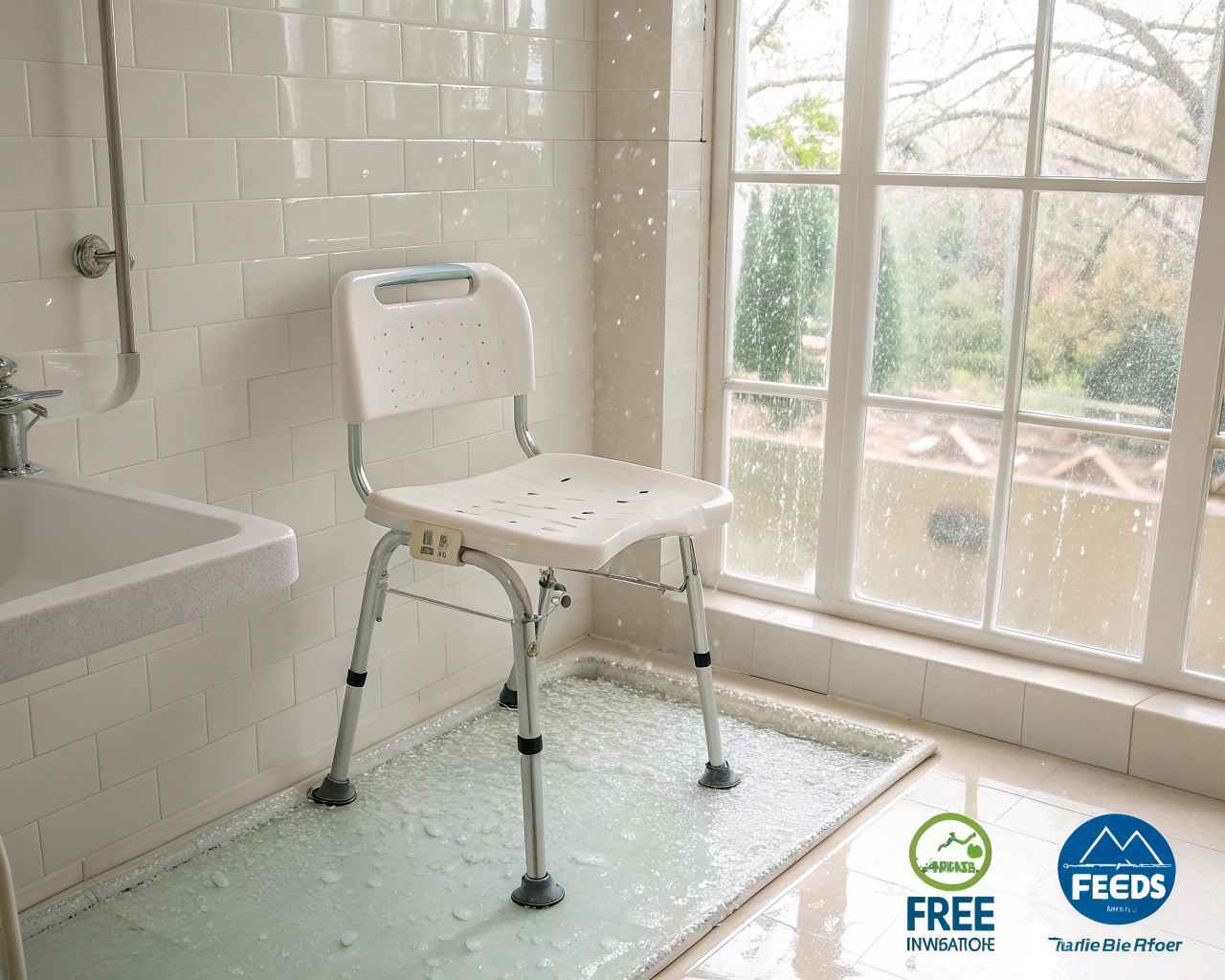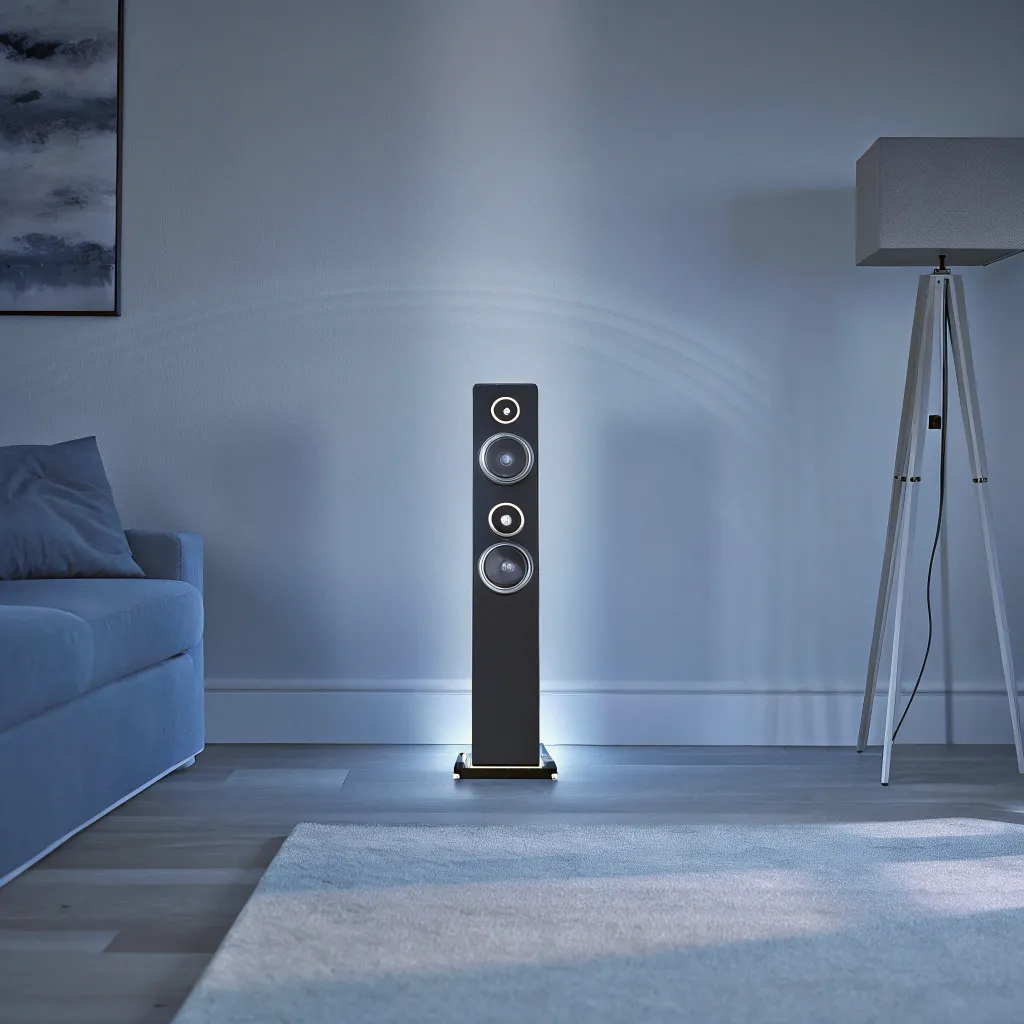I was tired of sleepless nights despite trying countless hacks. Simple bed tweaks transformed my rest and renewed my energy.
Understanding the Importance of Your Sleep Setup
If you're grappling with insomnia or restless sleep, it's essential to consider the impact of your sleep environment. A good mattress and proper bed setup can significantly influence the quality of your rest. According to sleep professionals, the foundation of restorative sleep begins with the bed you sleep on.
Mattress Matters: Finding the Right Fit
One of the most critical changes I made was upgrading my mattress. Many people struggle with sleep because their mattress is either too old or not tailored to their sleeping position. After trying various types, I found that a medium-firm mattress offered the needed support for my back and hips.
What to Look For:
- Material: Memory foam provides contouring support, but latex may be better for those who overheat at night.
- Firmness Level: Understand your sleeping style. Side sleepers often need more softness, while back sleepers may prefer a firmer surface.
- Age: If your mattress is over 7-10 years old, it may be time for a change.
You can find more in-depth insights on mattresses at resources like Tom's Guide here.
Pillows: Support for Your Neck
Don’t underestimate the role of pillows in enhancing your sleep experience. I learned quickly that the appropriate pillow could make a world of difference in reducing neck and shoulder pain.
How to Choose the Right Pillow:
- Sleep Position: Side sleepers may benefit from thicker pillows, while back sleepers might prefer something flatter.
- Material: Down pillows offer softness, while memory foam provides firmness and support.
- Height: Your head should be aligned with your spine. Use multiple pillows if needed for a comfortable position.
For personalized pillow insights, check out more from Sleep Foundation.
Bed Accessories: Adding Layers for Comfort
My bed used to feel like a battleground of tangled sheets, but simple adjustments helped. Layering the right bedding can enhance comfort and regulate sleep temperature.
Key Accessories to Consider:
- Bed Sheets: Opt for breathable fabrics, like cotton or bamboo, that help wick away moisture.
- Comforter vs. Blanket: Depending on the season, I found a lightweight quilt is perfect in summer, while a heavier duvet keeps me cozy in winter.
- Bed Frame Height: Adjusting the height of your bed might help with accessibility, particularly for seniors. This is particularly interesting in the context of restful night tips that focus on ease of getting in and out of bed.
The Impact of Blue Light Reduction
One of the more surprising tweaks I made was limiting screen time before bed. The blue light emitted by phones and computers can interfere with your melatonin production, disrupting your sleep cycle.
Practical Steps to Reduce Blue Light Exposure:
- Set a digital curfew, switching off devices an hour before you go to bed.
- Use blue light blocking glasses in the evening if you need to use screens.
- Consider a safe, non-blue light reading lamp to wind down.
A Common Question: Can Small Changes Really Improve Sleep Quality?
Absolutely. Many individuals often overlook the significance of minor adjustments to their sleep environment. Research indicates that optimizing your bedroom atmosphere, including temperature, darkness, and comfort, plays a pivotal role in how well you sleep. As explored in various sleep studies, a well-organized and comforting sleep environment often leads to longer, more restful sleep.
Personal Experience: A Final Note
While I experienced varying degrees of sleep hacks, it was these bed tweaks that became my game-changer. I even tried some of the more popular options, like magnesium baths and aromatherapy, but combining them with the right mattress and bedding was what helped me the most.
Feeling rested goes beyond just getting hours of sleep; it’s about the quality of those hours. If you're looking for simple sleep tips that could change your nights too, give these tweaks a shot.
Remember, everyone’s sleep needs are unique, and what works for one person might not work for another. Don’t hesitate to experiment until you find your perfect setup. Just as I've learned through my journey, creating a comfortable, restful space can pave the way for many wonderful nights.
Disclaimer
This content is for informational purposes only and is not intended as a substitute for professional medical advice. Always consult a healthcare provider for personalized advice regarding sleep issues or health conditions.
In conclusion, your bed setup is pivotal to your sleep quality, especially if you struggle with discomfort or insomnia. Implement these adjustments and see how they can make each night refreshing and restful.





